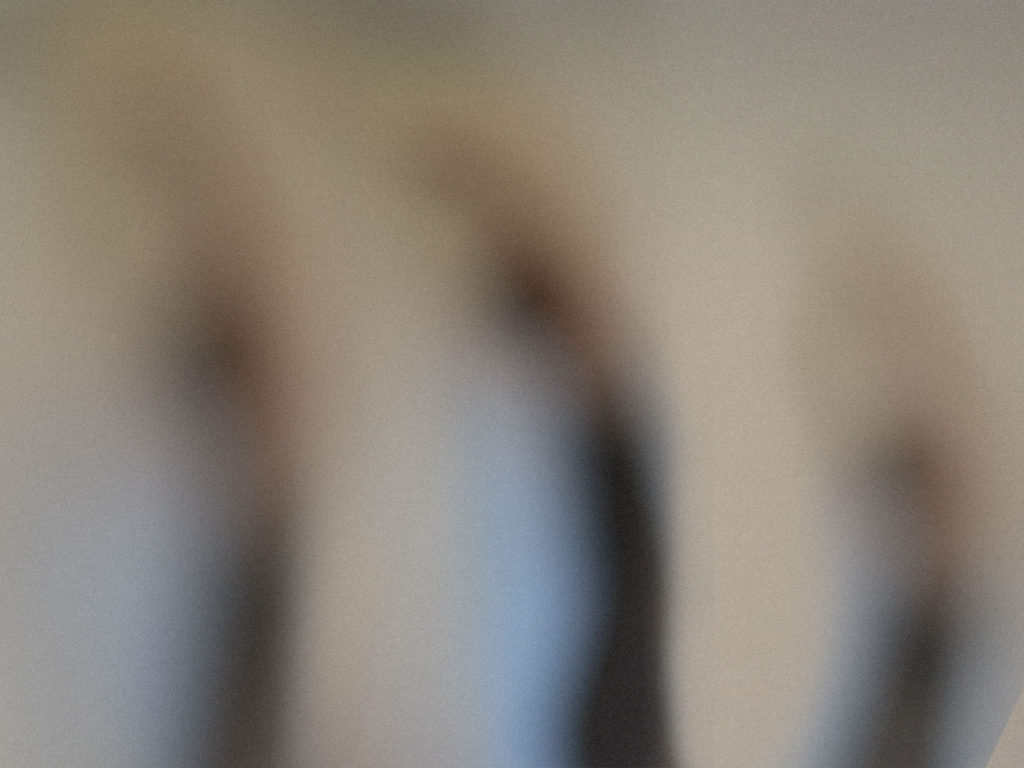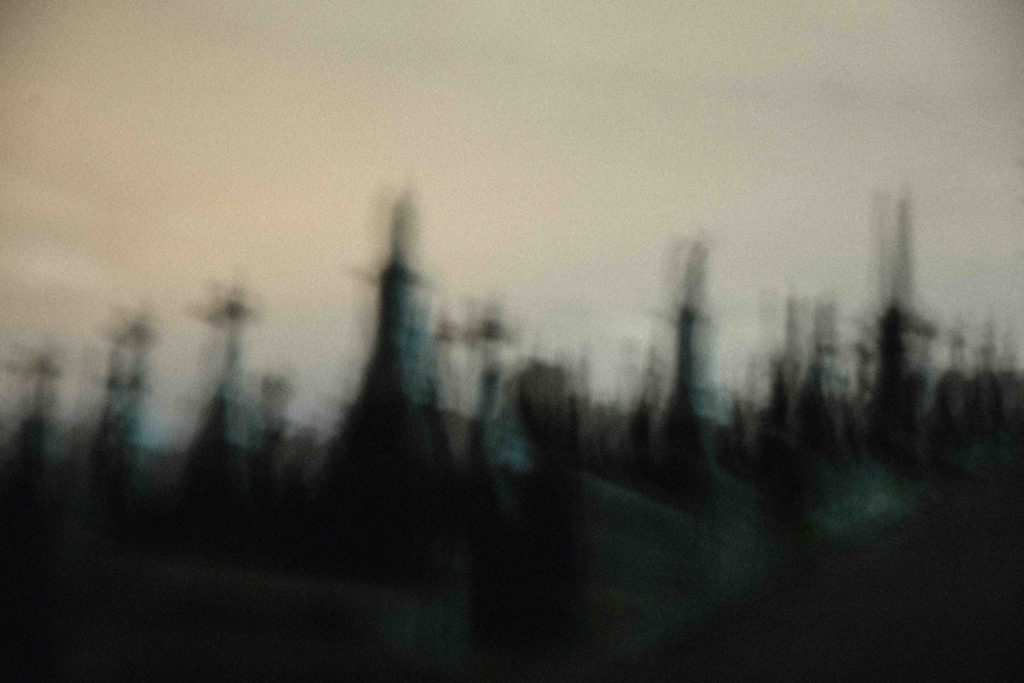Death and physics
Our lives are short; we strive to make them mean something or to create a legacy or a type of genetic immortality. But what happens when future distant descendants decide not to reproduce and the people who once remembered and loved us are long gone? We no longer exist, we never did.
Religion isn’t convincing, it serves a purpose and works well for some people. It is also an excuse for war and crimes against humanity. It’s man-made and serves some men very well. As an atheist, when someone profound I have loved deeply dies, how do I make sense of that? I can’t accept that someone like Candy or Peter would simply cease to exist.
Now he has departed from this strange world a little ahead of me. That means nothing. People like us, who believe in physics, know that the distinction between past, present, and future is only a stubbornly persistent illusion. – Einstein.
Then, in turn, our universe will continue to expand; our earth’s sun will burn out, our planet will not support life.
The first law of thermodynamics tells us that no energy is created in the universe and none is destroyed. The human body is an open system; it exchanges energy with its surroundings. Not a piece of us leaves when we die, we are simply less orderly – the photons that bounced off Peter’s firing synaptic head or Candy’s smile still exist, somewhere.
Quantum theory shows that a particle can both pass through and be refracted off an obstacle. It can be in two places at the same time. We are all at once, alive, dead and outside of time.




